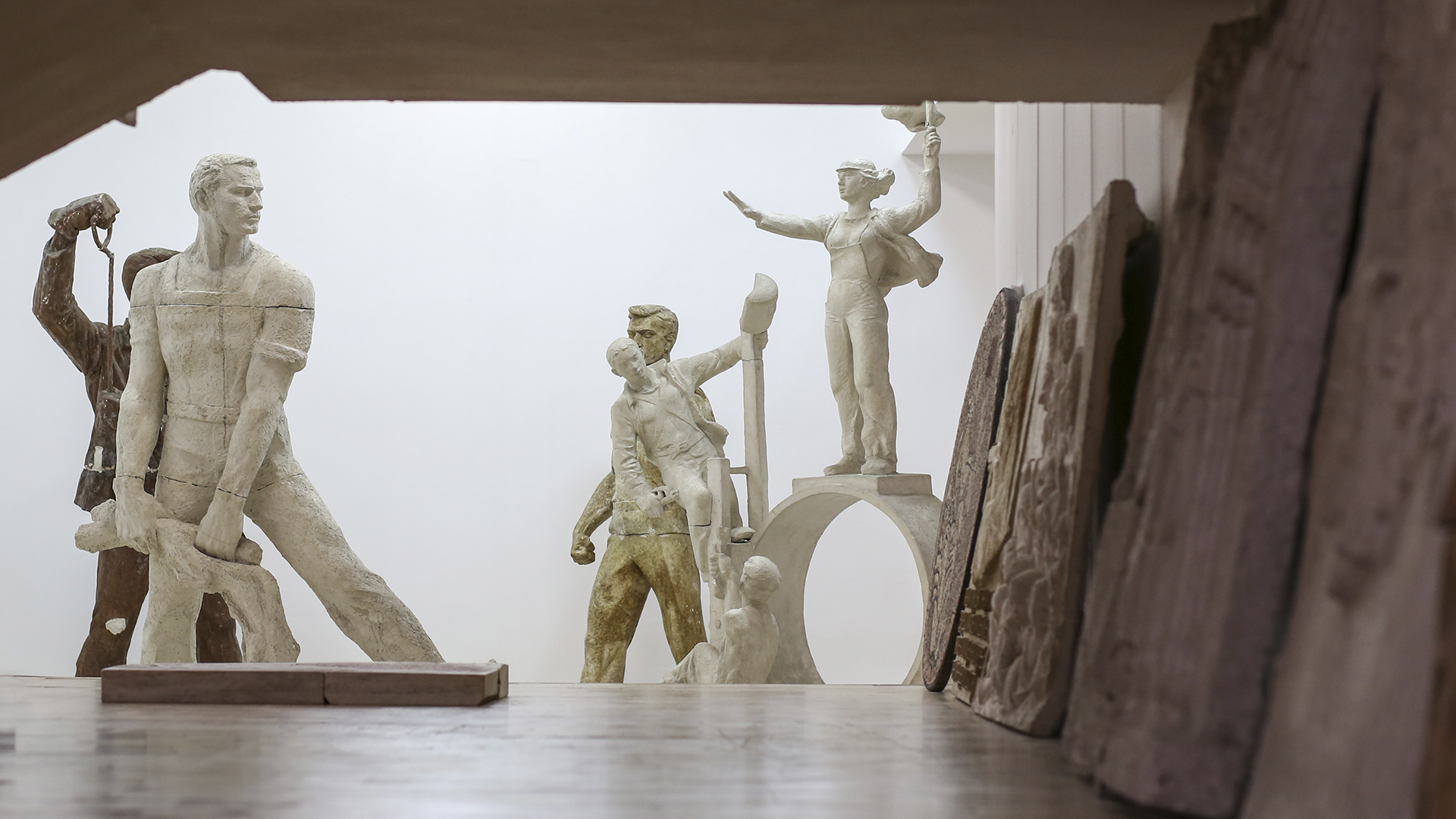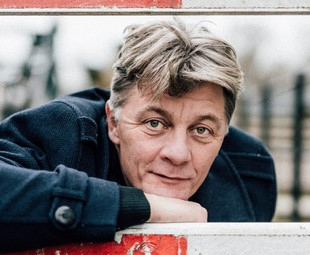
Open Archive
Albanian Socialist Realism in the National Gallery of Arts, Tirana.
|2021.07.29
|
This was not what Albanians actually looked like, but what they were supposed to become.
How can scenes from the paranoid proletarianism of the past feel like an oasis today?

ChrisKeulemans
Chris Keulemans is a traveling writer, coach and moderator based in Amsterdam. He has traveled and worked across the Balkans, always interested in the places where art and society meet. Currently, he is an advisor to the Anibar Animation Festival in Peja. (Author photo credit: Jitske Schols)
DISCLAIMERThe views of the writer do not necessarily reflect the views of Kosovo 2.0.
This story was originally written in English.